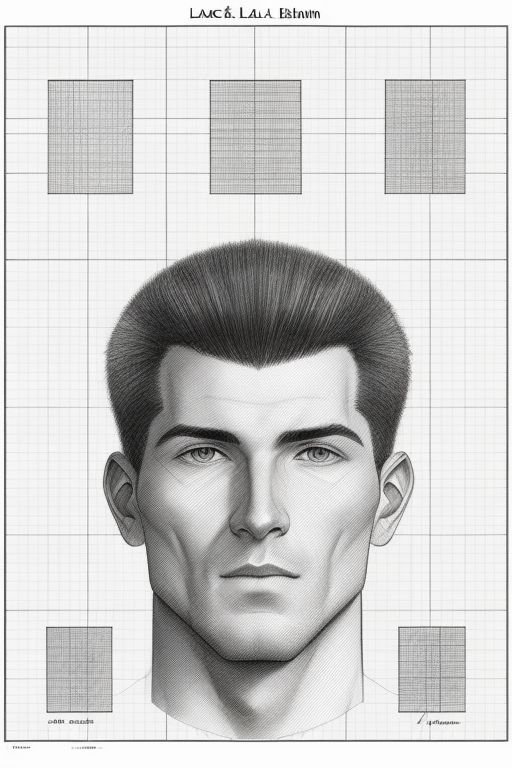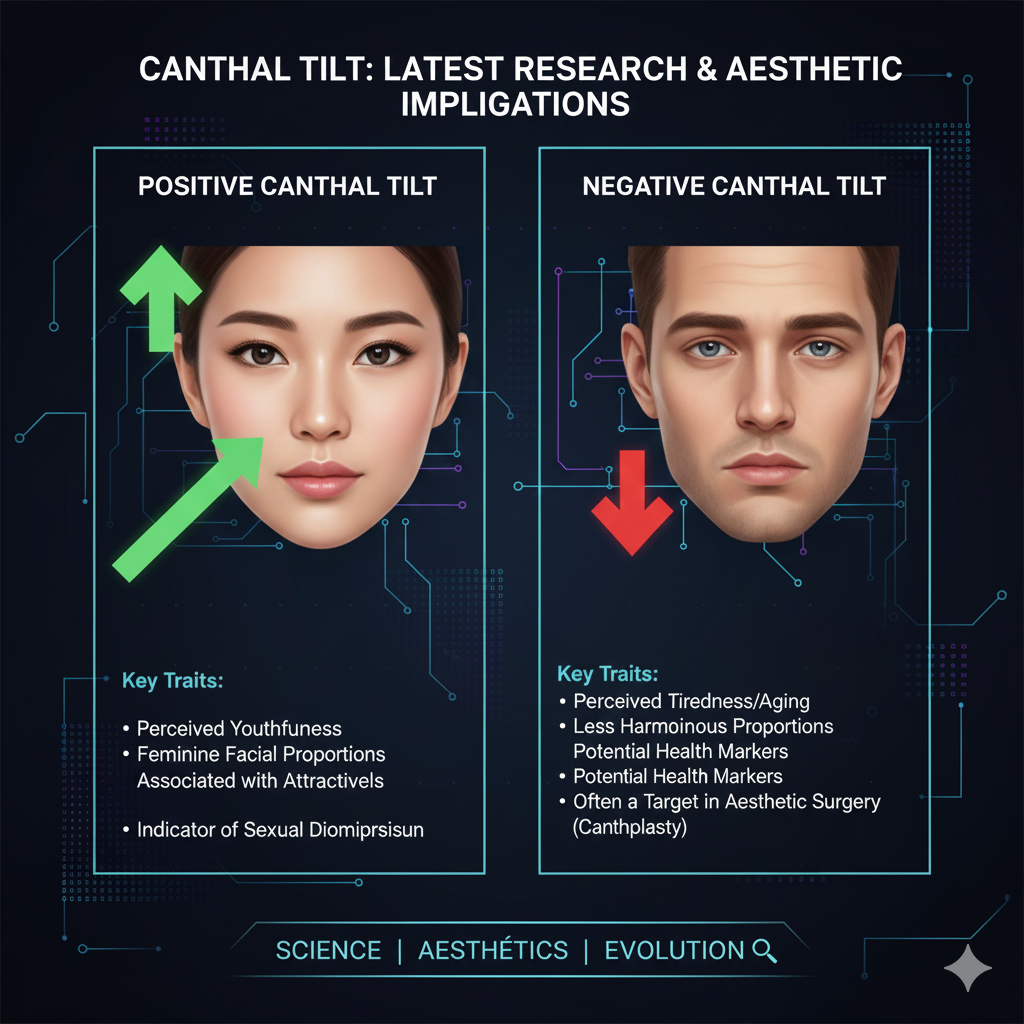When it comes to facial aesthetics, the canthal tilt plays a significant role in determining the overall appearance of the eyes. The canthal tilt refers to the angle at which the outer corners of the eyes are positioned in relation to the rest of the face. While a positive canthal tilt is generally considered more aesthetically pleasing, some individuals may have a negative canthal tilt, which can impact their facial symmetry and overall attractiveness.
So, what exactly causes a negative canthal tilt? Let’s explore some of the potential factors:
Genetics
Genetics can play a crucial role in determining the shape and structure of our facial features, including the canthal tilt. Some individuals may inherit a negative canthal tilt from their parents or ancestors, making it a natural characteristic of their facial anatomy.
Orbital Bone Structure
The shape and structure of the orbital bones can also contribute to a negative canthal tilt. If the bones around the eyes are positioned in a way that causes the outer corners to droop downward, it can result in a negative canthal tilt.
Muscle Imbalance
The muscles surrounding the eyes, particularly the orbicularis oculi muscle, play a crucial role in eyelid movement and positioning. An imbalance in these muscles can lead to a negative canthal tilt. This muscle imbalance may be caused by various factors, such as genetics, habitual facial expressions, or even certain medical conditions.
Aging and Skin Laxity
As we age, the skin around our eyes tends to lose elasticity and firmness. This can lead to sagging and drooping of the eyelids and the outer corners of the eyes, resulting in a negative canthal tilt. Factors such as sun exposure, smoking, and poor skincare habits can accelerate the aging process and contribute to skin laxity.
Trauma or Injury
Physical trauma or injury to the face can also cause a negative canthal tilt. Fractures or damage to the bones and tissues around the eyes can alter their positioning, leading to a change in the canthal tilt.
Underlying Medical Conditions
In some cases, a negative canthal tilt may be associated with certain medical conditions. For example, conditions that affect the connective tissues, such as Ehlers-Danlos syndrome, can contribute to facial asymmetry and a negative canthal tilt.
It’s important to note that a negative canthal tilt is not necessarily a cause for concern or a medical issue. It is primarily a cosmetic concern for individuals who desire a more positive canthal tilt for aesthetic reasons. If you are unhappy with your canthal tilt, it is recommended to consult with a qualified facial plastic surgeon or an oculoplastic surgeon who can provide personalized recommendations based on your unique facial anatomy and goals.
In conclusion, a negative canthal tilt can be influenced by various factors, including genetics, orbital bone structure, muscle imbalance, aging, trauma, and underlying medical conditions. Understanding the causes can help individuals make informed decisions about potential treatment options or cosmetic procedures to achieve their desired aesthetic outcome.







